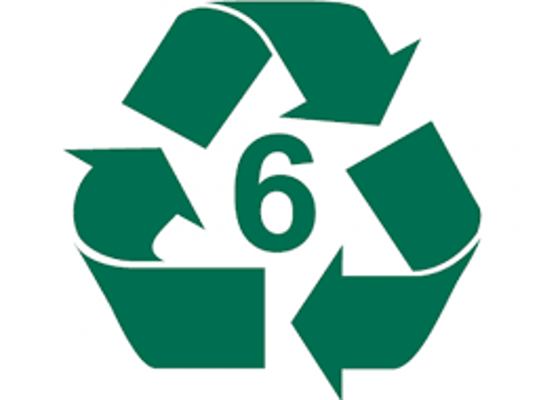Today EPS pollution is serious and the media in various countries are taking action to raise awareness about foam products. However, the content of some EPS pollution news campaigns can lead people to believe that all plastic products are disposable and cannot be recycled. The wrong perception has hindered the development of this environmentally friendly recycling of EPS. So in the beginning, the basic recycling of EPS is usually landfill and incineration, which largely pollutes the land and air, and is really not in line with today’s general trend of sustainable development.

In fact, EPS is almost 100% recyclable after extrusion of air. The recycling process basically starts by transporting EPS scrap to a designated location where it is inspected to remove contaminants such as paper and food that are trapped in it. The material that does not need to be cleaned is separated from the contaminated waste that needs to be cleaned and sent to a specialized recycling machine, the GREENMAX EPS densifier, to reduce the volume of waste foam. It works in a 90:1 ratio, where the molten material is pushed under pressure into a die with small openings and then extruded into an EPS line. After the melting and extrusion process, the waste EPS becomes dense ingots, compact and hard but also very easy to transport and recycle.

The recycling of waste EPS products, not only to protect the environment, save energy, but also has good economic benefits. EPS is re-made into PS particles. It is amazing what we can do with it, we can make them into framed products such as photo frames, skirting, etc. and make it look like marble, quartz, wood, etc. come back to life in other areas.

As a EPS recycling specialist, GRENNMAX EPS foam densifier is committed to promoting the idea of recycling EPS so that it doesn’t go to waste in landfills.